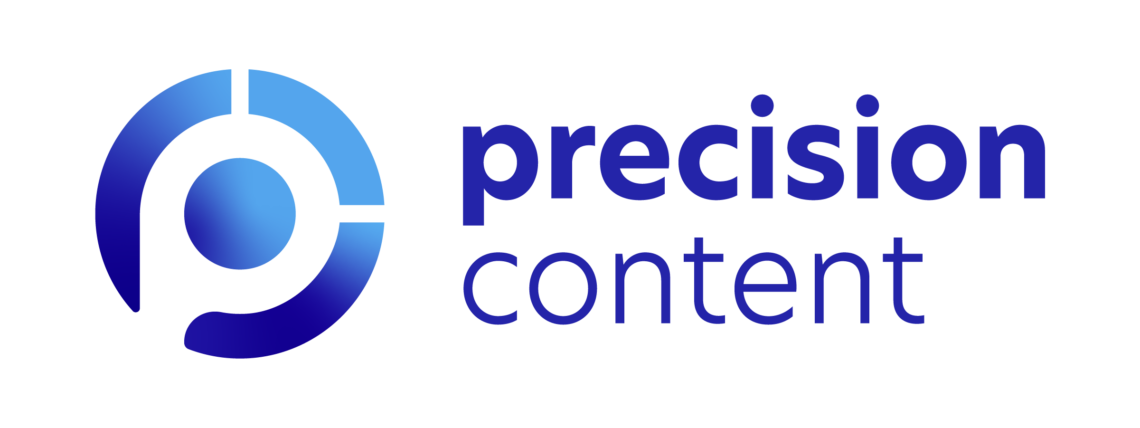Are you looking to boost your customer satisfaction rating by more than 40 percent? That was the outcome of a recent Precision Content project that delivered a structured approach to managing the content creation process. By improving the clarity, accuracy, and quality of its consumer content, the customer was able to help consumers find the information they needed faster while increasing their confidence in the advice they received.
At a time when machine learning, natural language processing, and natural language generation are enabling new forms of communication, it’s no longer enough to just deliver the right content to the right people at the right time. To take advantage of the latest technology, and work more efficiently and effectively, companies also have to focus on creating better content. That means findable content that can be reused easily across the enterprise to produce change and deliver meaningful business outcomes.
Reusable content from a single source
“Today’s companies rarely need more content or more content silos,” says Chris MacMillan, Managing Director and Co-Founder of Precision Content, a full-service solution provider that helps medium- and large-scale organizations better understand and solve their content challenges. “Instead, they should be striving to create a semantically rich repository filled with content that’s not only well written, but also more precise and flexible, and that’s neatly organized into small reusable components.”

Called intelligent microcontent, each of those reusable components should be about one idea, clearly labeled, easy to scan, and written in a way that’s usable in lots of different contexts. Those qualities make it much easier to find that content and repurpose it.
“Going forward, we believe companies need to have a single source of truth they can go to for all of their content,” says Chris MacMillan. “From there, it should be easy to find what you need and to deploy it anywhere, secure in the knowledge that it’s always accurate and on brand. Companies that pull this off will save time, increase speed and accuracy, and be at a distinct competitive advantage.”
According to Precision Content, embracing DITA, an XML-based open standard for structuring, developing, managing, and publishing content, is an important step in achieving that advantage. DITA is critical for reusing content efficiently, powering translation and localization, and enabling interoperability and automation.
Creating content that’s accurate, easy to find, and that customers like
Precision Content recently partnered with Acrolinx, a content governance solution, to help a large financial services company that was receiving less-than-favorable feedback on its business support documentation. Specifically, its customers reported struggling to identify the salient points being communicated in the company’s long, densely written, and frequently issued bulletins.
Keen to improve their customer satisfaction scores, the company engaged Precision Content to help with a major transformation project designed to not only improve the clarity, accuracy, and quality of its content, but also to help the organization move from unstructured to structured content using DITA-based content management.
As part of this multiyear, multifaceted project, Precision Content has been focused on large-scale author training, teaching the company’s content creators how to rewrite and restructure their legacy content so that it’s easier to find and use. The project has also included improving the company’s content standards and governance, information architecture and content models, and searchability and taxonomy.
Another area where Precision Content sought to help the company was with the quality of its actual writing. To do so, it deployed Acrolinx, whose software captures companies’ writing guidelines and makes sure all their content follows them. In doing so, the software increases the consistency of that content, while also making it clearer, helping to improve scannability, and making sure that everything is written using the right tone of voice.
Acrolinx’s ability to help companies manage their terminology was one feature that made it particularly useful to Precision Content. “We’re very focused on helping our customers create a content repository that serves as their single source of truth. Getting the terminology they use right is a big part of ensuring the accuracy and integrity of that repository, and that’s where implementing Acrolinx was critical.”
While the project is ongoing, early results are very encouraging and a 40-percent increase in positive customer satisfaction scores has more than justified the investment. While these benefits are immediate, looking further ahead, the company has made its content future ready. It will be much better positioned to deploy it over future customer touchpoints, whether chatbots or other AI-powered interfaces.
Is your content ready for the future?
While content is just as important now as it ever was, how that content is written and the information architecture associated with it are taking on new urgency. Organizations have lots of important information they need to share with their stakeholders in new and innovative ways.
Going forward, those companies that can quickly access that knowledge from a semantically rich, single source of truth will be best positioned to take advantage of new communication channels. In the meantime, transitioning from unstructured to structured content with Precision Content and Acrolinx brings lots of other advantages. From making it easier to find the right information to improving accuracy and consistency and increasing customer satisfaction, companies would be wise to invest in creating better content that’s future ready.
To learn more, let’s talk.

